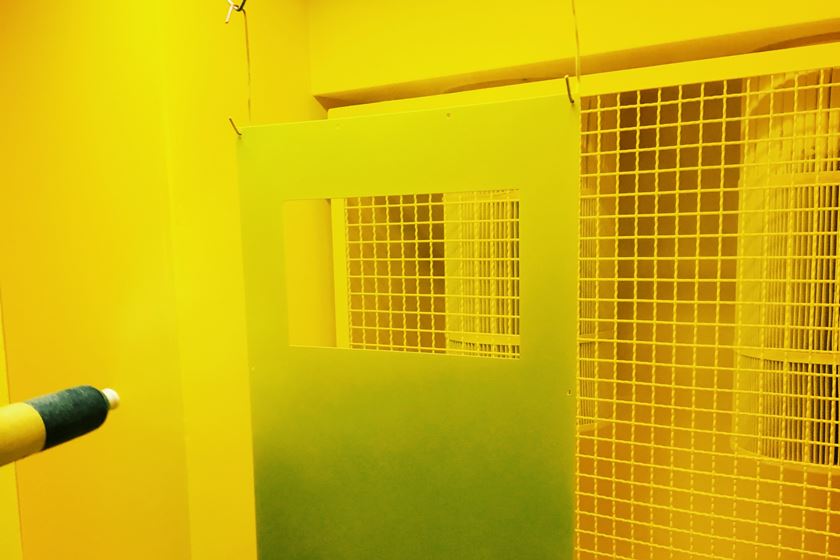Finish for Stainless Steel
Question: We are looking for a navy blue finish for a 304 stainless steel cylinder that is used as a knob on one of our products.
Question:
We are looking for a navy blue finish for a 304 stainless steel cylinder that is used as a knob on one of our products. This cylinder has a counterbore at each of its faces. Ideally, we would like the color to match that of our 2024-T4 aluminum blue anodized part, which is the same part but in a smaller size. The stainless part has a diameter of 1.25 inches and a length of 0.760 inch. A band of knurling 0.25 inch wide encircles the cylinder. If the finish adds any thickness, then we would need one face and the inside of the part masked to avoid any tolerance issues. We desire this finish for purely aesthetic reasons, but we would need something durable enough to be pulled on periodically. Any insight you could provide would be greatly appreciated. D.H.
Answer:
Since this is the Painting Clinic, my suggestion would be to paint the 304 stainless steel cylinder to achieve a navy blue finish. Ordinary paints will not have the same texture as anodized aluminum, but the color will match. Textured paints and powder coatings are commercially available and a texture match is possible. Paints containing metallic pigments can be formulated to capture the appearance of anodizing. Paints for this kind of service should be applied at a 1 mil (0.001 inch) dry film thickness. The minimum powder coating thickness is 1.5 mil (0.0015 inch) dry film thickness. I suggest you invite some of the paint or powder suppliers to try to match the appearance.
If you can get a paint or powder finish, it is important to note that the stainless steel surface must be pretreated to insure adhesion. Not only must it be free from oily soils, it must be etched or abraded before coating.
The big problem will be the cost of the coating material. My guess is that you will be lucky to find a commercially available product to meet your needs. A “special” will be costly and a low-volume special will be astronomical.
RELATED CONTENT
-
Masking for Surface Finishing
Masking is employed in most any metal finishing operation where only a specifically defined area of the surface of a part must be exposed to a process. Conversely, masking may be employed on a surface where treatment is either not required or must be avoided. This article covers the many aspects of masking for metal finishing, including applications, methods and the various types of masking employed.
-
Understanding Paint Atomization
BASF coatings development expert Tim December explains how paint atomization works for both pneumatic spray applicators and high-speed rotary bell applicators.
-
Painting Over Powder Coating
How safely can they apply their wet paint over our powder coated parts?















